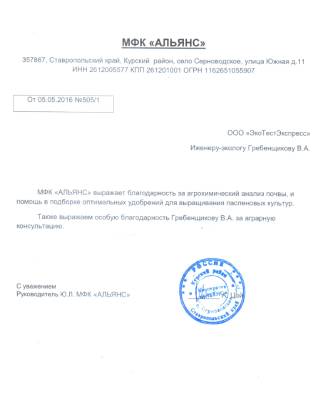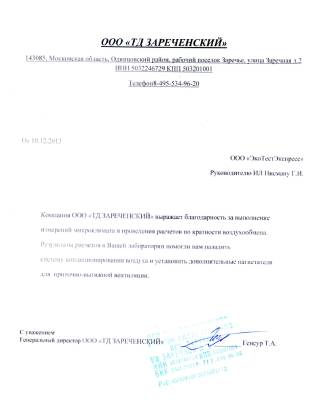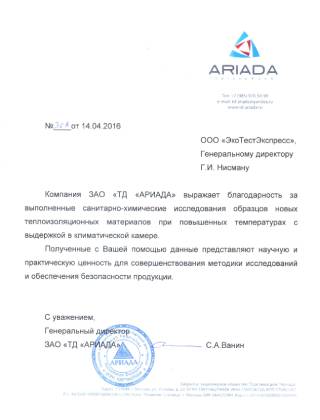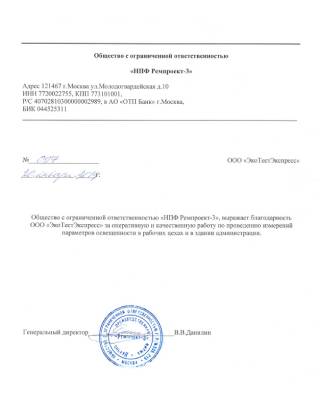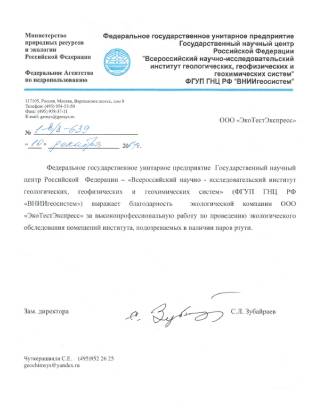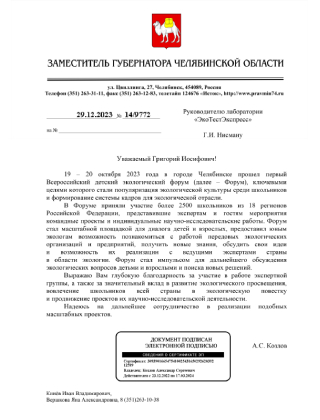
The remaining balance in Retained Earnings is $4,565 (Figure 5.6). This is the same figure found on the statement of retained earnings. In this chapter, we complete the final steps (steps 8 and 9) of the accounting cycle, the closing process.
- The purpose of closing entries is to prepare the temporary accounts for the next accounting period.
- If you are using accounting software, the transfer of account balances to the income summary account is handled automatically whenever you elect to close the accounting period.
- All expense accounts are then closed to the income summary account by crediting the expense accounts and debiting income summary.
- Dividend account is credited to record the closing entry for dividends.
- To close the drawing account to the capital account, we credit the drawing account and debit the capital account.
Automated Credit Scoring

These will usually include all balance sheet items like assets, liabilities and equity accounts. Therefore, all those accounts are included for which current balances must be used in the next financial reporting period and for which accounts cannot be closed out. This process updates retained earnings and resets the income summary account to zero.
Income Summary vs Income Statement

Total revenue of a firm at the end of an accounting period is transferred to the income summary account to ensure that the revenue account begins with zero balance in the following accounting period. The income summary is used to transfer the balances of temporary accounts Record Keeping for Small Business to retained earnings, which is a permanent account on the balance sheet. If you paid out dividends during the accounting period, you must close your dividend account. Now that the income summary account is closed, you can close your dividend account directly with your retained earnings account. If the resulting balance in the account is a profit (a credit balance), debit the income summary account and credit the retained earnings account to shift the profit into retained earnings.
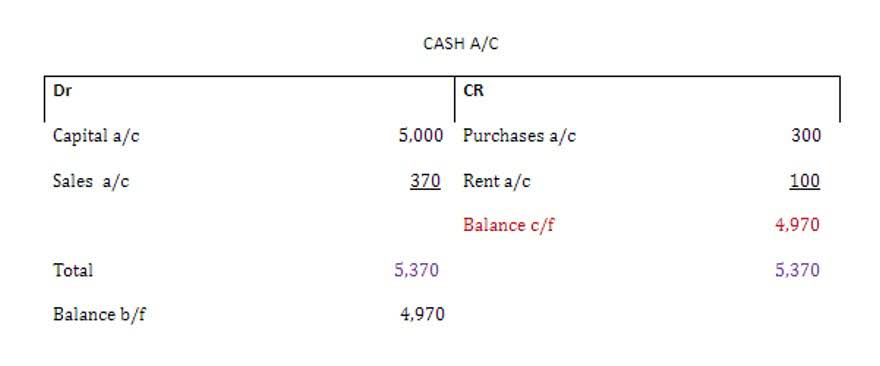
Why Trust Carbon Collective
He has worked as an accountant and consultant for more than 25 years and has built financial models for all types of industries. He has been the CFO or controller of both small and medium sized companies and has run small businesses of his own. He has been a manager and an auditor with Deloitte, a big 4 accountancy firm, and holds a degree from Loughborough University. Net income is the portion of gross income that’s left over after all expenses have been met.
- Temporary accounts differ from permanent accounts, which do not need to be opened and closed each period as they show the ongoing financial position of a business.
- The balance in Retained Earnings agrees to the Statement of Retained Earnings and all of the temporary accounts have zero balances.
- The company can make the closing entry for revenues by debiting all the revenues accounts and crediting the income summary account.
- Take note that closing entries are prepared only for temporary accounts.
- The income summary account is a temporary account into which all income statement revenue and expense accounts are transferred at the end of an accounting period.
- The income summary account balance is then transferred to retained earnings or the capital account in the case of a sole proprietorship.
Our T-account for Retained Earnings now has the desired balance. For the past 52 years, Harold Averkamp (CPA, income summary account MBA) hasworked as an accounting supervisor, manager, consultant, university instructor, and innovator in teaching accounting online. He is the sole author of all the materials on AccountingCoach.com. For the past 52 years, Harold Averkamp (CPA, MBA) has worked as an accounting supervisor, manager, consultant, university instructor, and innovator in teaching accounting online.
- Although it is not an income statement account, the dividend account is also a temporary account and needs a closing journal entry to zero the balance for the next accounting period.
- To get a zero balance in a revenue account, the entry will show a debit to revenues and a credit to Income Summary.
- The third entry requires Income Summary to close to the Retained Earnings account.
- At the end of the period, the company will need to make the closing entry for net income by transferring all revenues and expenses to the income summary account.
- It acts as a checkpoint and reduces errors in financial statement preparation by directly transferring the balance from revenue and spending accounts.
- Here are MacroAuto’s accounting records simplified, using positive numbers for increases and negative numbers for decreases instead of debits and credits in order to save room and to get a higher-level view.
- These are general account ledgers that show balances recorded over multiple periods.
Example 3: Closing the Income Summary Account
In essence, we are updating the capital balance and resetting all temporary account balances. Income and expenses are closed to a temporary clearing account, usually Income Summary. Afterwards, withdrawal or dividend accounts are also closed to the capital account. Temporary accounts include all revenue and expense accounts, and also withdrawal accounts of owner/s in the case of sole proprietorships and partnerships (dividends for corporations).

Whatever accounting period you select, make sure to be consistent and not jump between frequencies. Reporting cycles are an essential part of the accounting process. The cyclical reporting of accounting periods can span monthly, quarterly, and annual time frames. However, when it comes to opening and closing accounts, this typically happens on a yearly or monthly basis, depending on the type and size of the company. The retained earnings account is reduced by the amount paid out in dividends through a debit and the dividends expense is credited.

Clear the balance of the revenue account by debiting revenue and crediting income summary. After the closing journal entry, the balance on the drawings account is zero, and the capital account has been reduced by 1,300. Next, transfer the $2,500 in your expense account to your income summary account. Create closing entries what are retained earnings to reflect when your accounting period ends. For example, if your accounting periods last one month, use month-end closing entries.
These are general account ledgers that record transactions over the period and accounting cycle. These account balances are ultimately used to prepare the income statement at the end of the fiscal year. Examples of temporary accounts include revenue, expense and dividends paid accounts. We also do this by transferring the debit to the income summary by crediting the costs account and debiting the income summary account.












